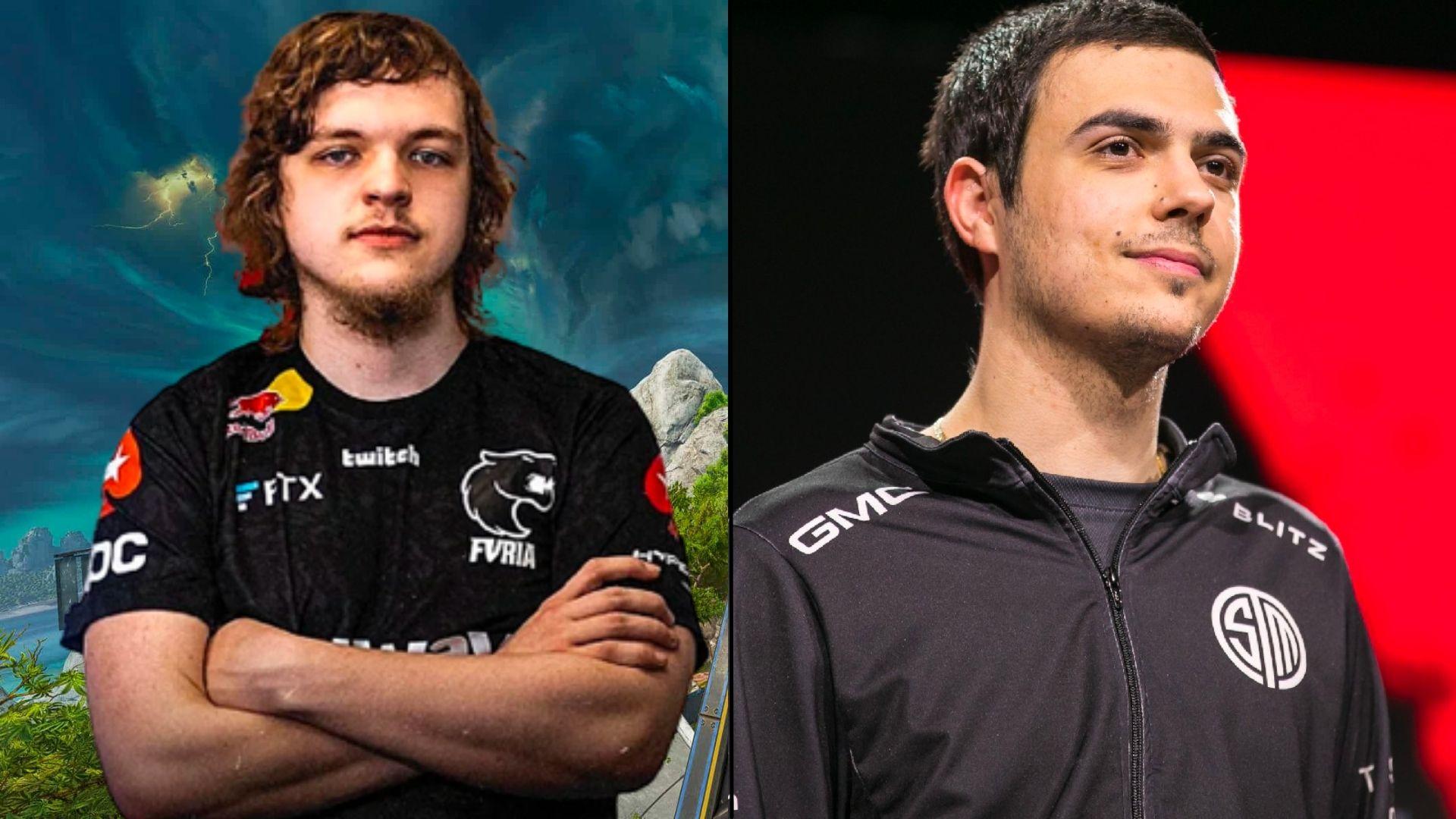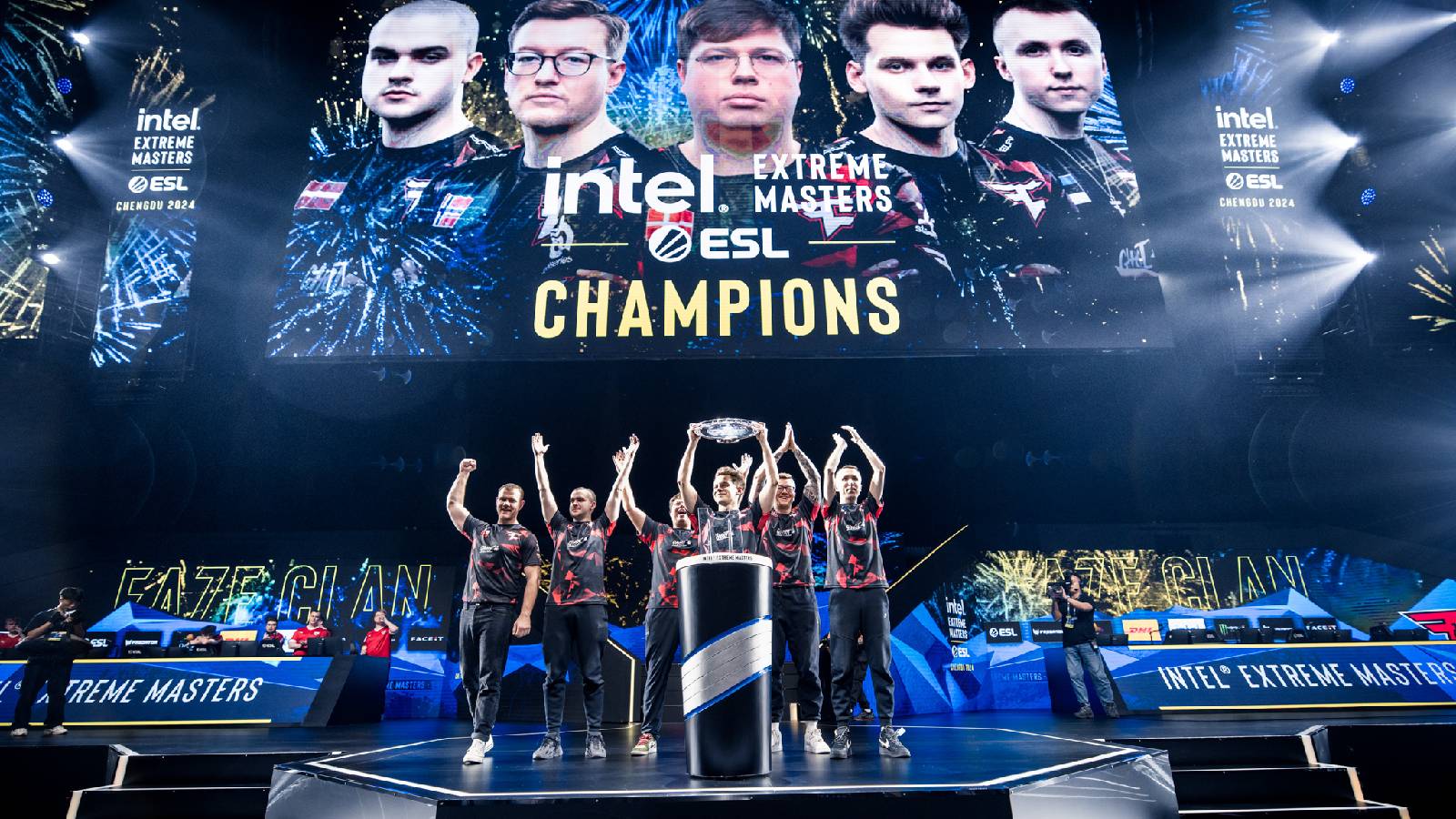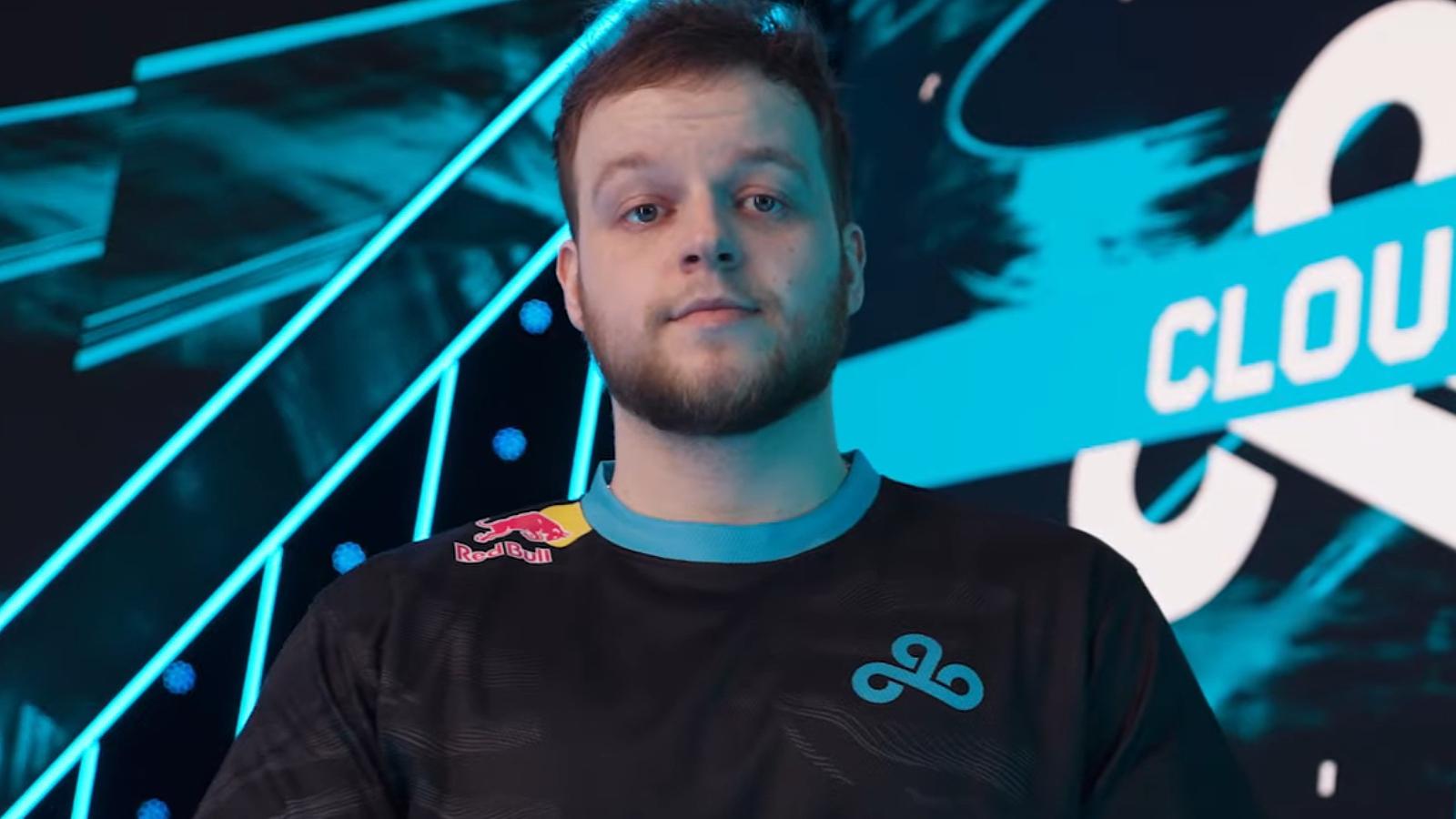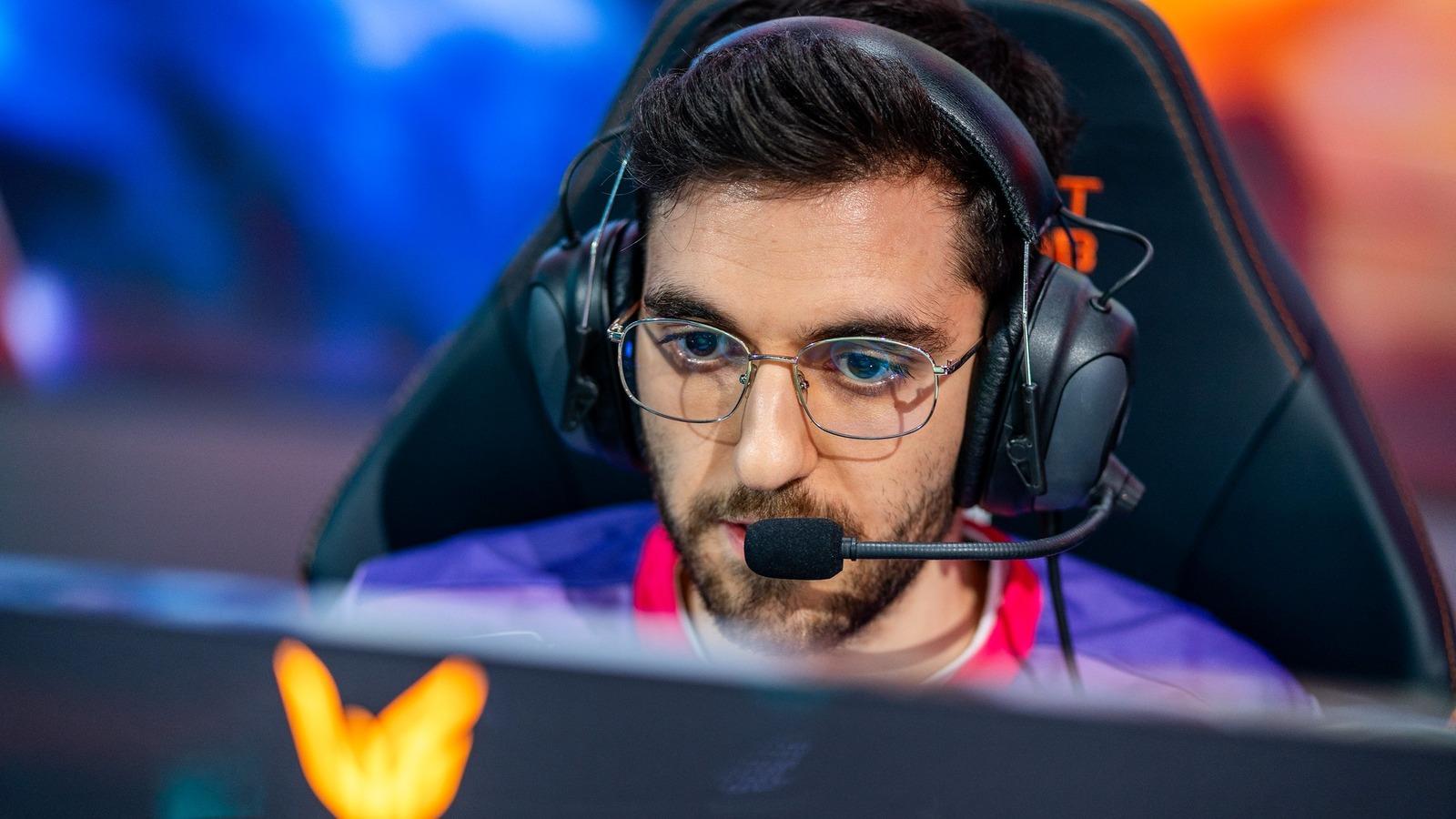Immortals president on revitalizing the brand: “I’ve always been attracted to comeback stories”
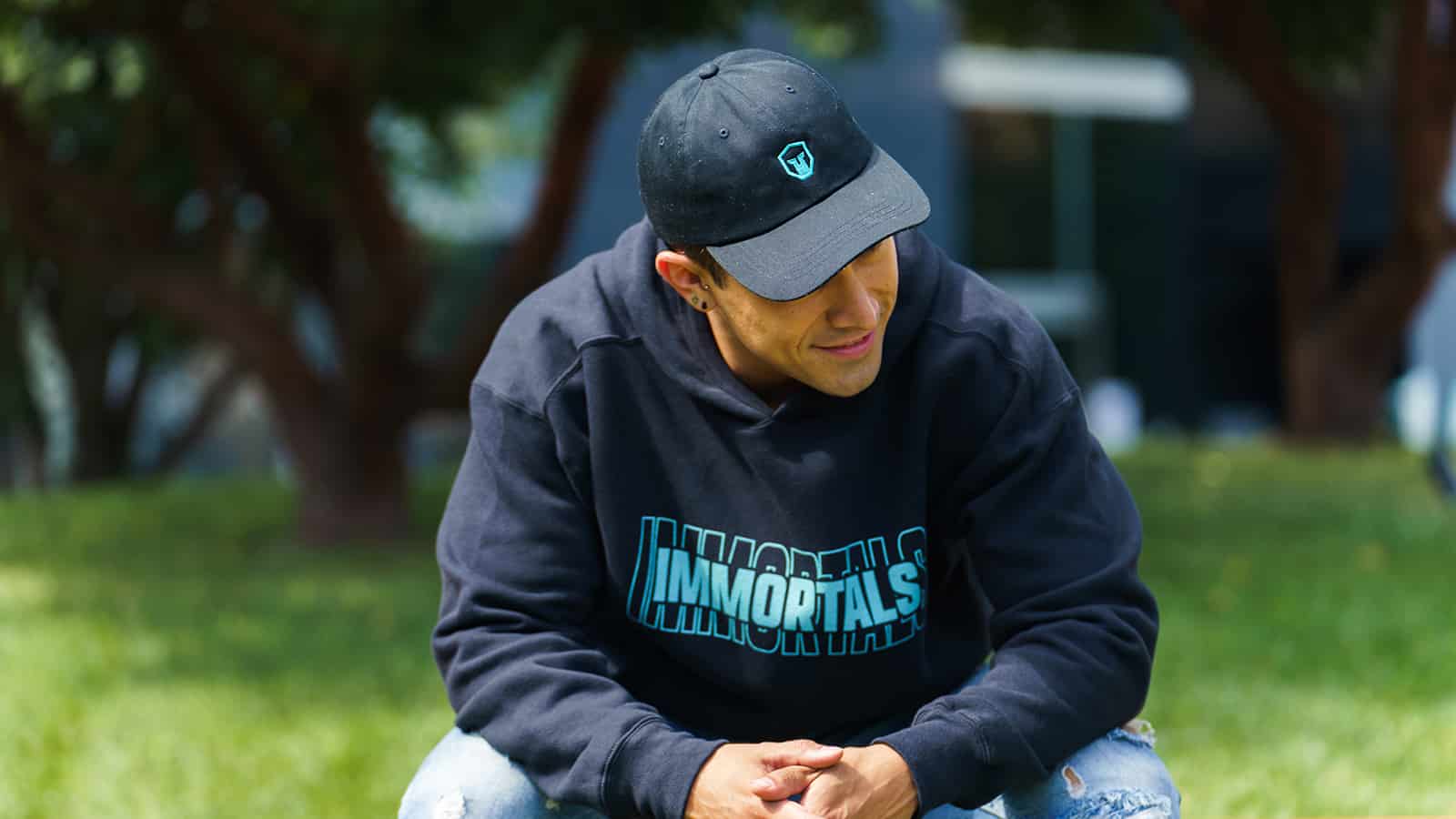 Immortals
ImmortalsImmortals have been around since late 2015 after buying their way into the North American LCS but, at least in the eyes of some, the brand has grown stale over the years. Underwhelming performances in the premier NA League of Legends competition and a shortage of entertaining personalities representing the brand have led it into relative obscurity versus regional peers like 100 Thieves, TSM, and Team Liquid. Now, under a new leadership, Immortals are gearing up for a comeback.
Immortals Gaming Club — the parent company behind Immortals, MIBR, and Overwatch League franchise Los Angeles Valiant — realized the worrying trend and sought to change it earlier in 2021. They hired Jordan Sherman, as reported first by Dexerto in May, as their new president in an effort to revitalize the organisation.
The hire was made with a change in mind; Sherman’s background is in generating revenue for sports and esports properties through developing partnerships and sponsorships with, mostly, prominent companies. Joining Immortals is his first crack at the whip when it comes to leading an entire company, and he’s devised his own strategy to reinvent the team brand.
Part of this new approach to developing long-term, engaged fans is with a new merchandise strategy that will see the org take no profits from sales of their t-shirts, hats, hoodies, and other merch they may produce in the future. To delve into his decision to take this challenge, and exactly how he’s tackling it, Dexerto sat down with him to ask a few questions.
 Jordan Sherman/Immortals Gaming Club
Jordan Sherman/Immortals Gaming ClubA new challenge
“I’ve always been attracted to comeback stories and business stories and growth,” Sherman explained to Dexerto. “My career was always on the revenue side, I worked in revenue [generation] in Major League Baseball and I always felt like I was telling narratives. I never really saw myself as a salesperson. Having the opportunity to manage at a higher level and work across sales, marketing, finance, and legal is a huge challenge. I knew what I was signing up for.”
When an executive is brought in to lead a company as part of a reinvention initiative, there’s likely going to be some expectancy for immediate impact. They need to be seen as somebody who can identify what’s working, what isn’t, and the best way forward. Sherman wasted little time in making his presence known, shuffling around personnel, hiring new talent, and entering into new titles.
“We have really good people who love the brand so I wanted to reposition the organization a little bit to accelerate people’s strengths,” he said.
“We just announced a round of promotions and we needed to bring in some outside talent. We’re going to keep bringing in new talent. We want to be actually activating the brand in areas of scarcity around the U.S. and showing up for people in places that they don’t expect us to, both physically and digitally. Those are the initial steps that we’re taking and we’re already seeing some good dividends in terms of new followers and the team being successful.
“What I think is really interesting about the company is that there’s this narrative that Immortals is going in a direction that it’s not actually going in. When I was going through the process of evaluating this opportunity and talking to the team and the board, I saw how well run it has been from a revenue perspective and the setup with the different business units. I don’t know of any other esports companies where all of their units have a positive contribution margin.”
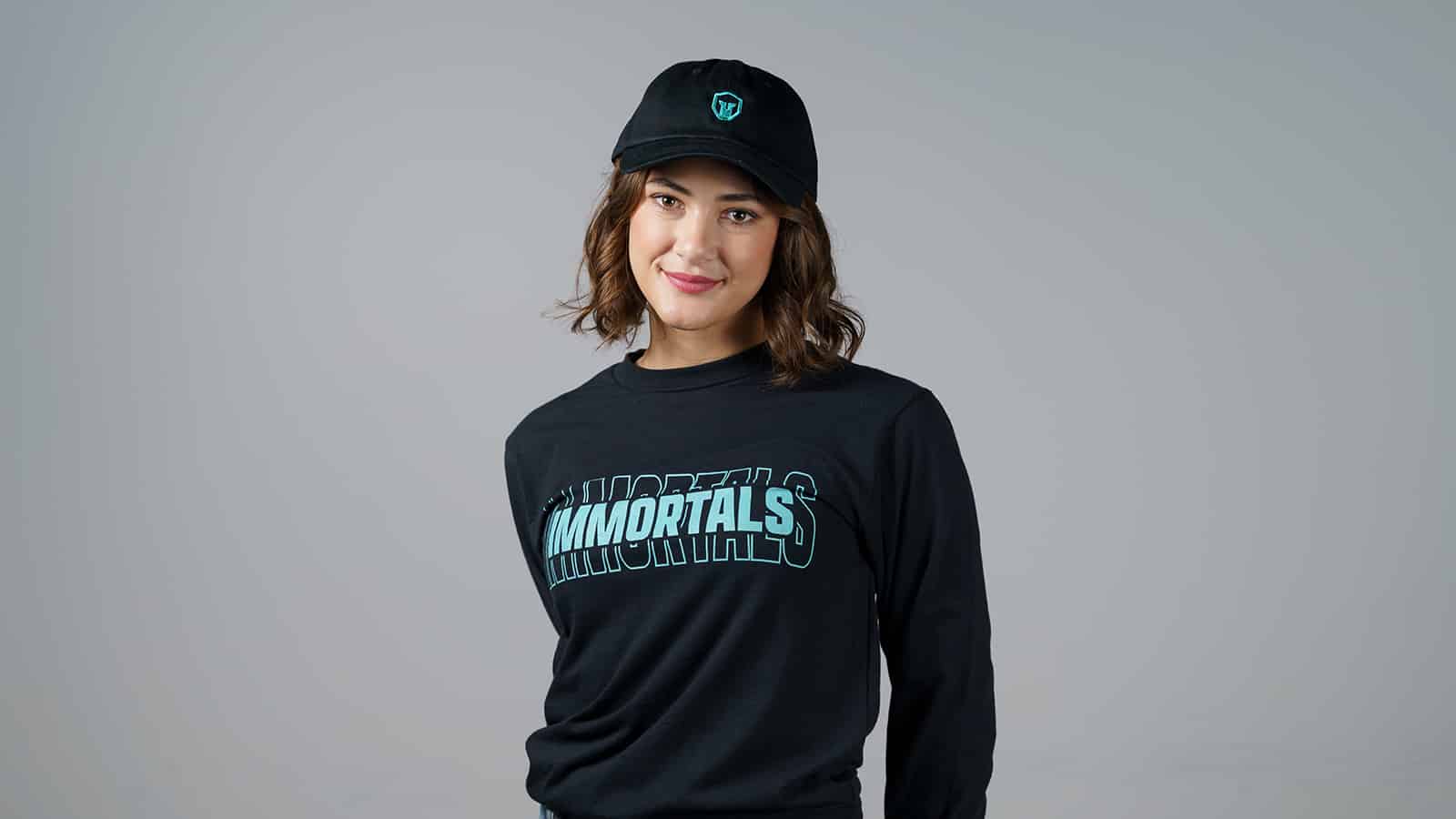 Immortals
ImmortalsThe claim of profitability, especially in a nascent, struggling competition like the Overwatch League, stands out. While many esports organizations have received tens of millions of dollars of venture capital funding, that doesn’t equate to financial success. The majority of the competition is reliant on sponsorship dollars, with other revenue streams like league revenue share and media rights slowly working their way into the equation in a meaningful way.
“We are going to do a broad expansion of our business units and we’re able to do that because we participate in franchise leagues that have stability,” Sherman said. “We have a really strong thesis around player selection, we’re healthy with our revenue payments with leagues, and the sponsorships that we’re bringing in are able to offset the costs of activating the team and running it. We think that this is going to grow over time with our league revenue share payments and more sponsorships.
“There’s such a rush to get to the top, especially because it’s a new industry and it’s digital. Everything is so fast. I think the fans are the ones who have suffered from that because you don’t get to grow alongside somebody. In football, you have people that are with you for 20 plus years, you grow up with them, you’re there through the ups and the downs, and that’s why you have such a strong connection to them. I feel like in esports, people ask ‘What can we do in two or three?'”
- Read More: Are cryptocurrency sponsors bad for esports?
Over the past couple of years, especially in the West, there’s a trend emerging where organizations are becoming increasingly bullish on so-called global expansions. Making use of esports’ digital nature, they want to accommodate fans outside of their home market and serve regional markets in Asia. The likes of Fnatic and TSM have made moves into India and Japan, for example.
Immortals don’t have the same goals in that respect — not in the short-to-medium term, at least. It takes a lot of resources and attention to operate in an entirely different region and culture, and there’s still plenty of work to be done in North America when it comes to the proliferation of awareness and fandom surrounding esports.
“We’re going to be fully focused on the United States and we’ll have some announcements soon around areas of scarcity in the country where we think there isn’t like a great esports culture yet because orgs aren’t participating there, but we’re going to be more active there,” the Immortals president explained.
Prioritizing fandom
 Immortals
ImmortalsA recurring theme in our conversation with Sherman was community and fans. This is understandable considering esports is entertainment, just as much as sports and cinema are. While competition is the driving factor for players, fans want to be entertained and this can also be done through content. The likes of 100 Thieves and FaZe Clan are essentially media companies that also have competitive teams, but Immortals will remain a competitive company first and foremost.
“Competition is going to be most important no matter what, we want to be back on top on the world stage,” he confirmed. “We want to get there through development, not by trying to bring in the best players from all around the world and getting there immediately, because I think the payoff will be better if we’re able to showcase that we can build this system. We have to invest in our players and set up the system to do so. We have to give a reason for people to care.”
A major component in the new-look Immortals is merchandise, a staple business pillar in any major esports organization. While luxury brands crossing over into the industry is becoming more commonplace and ‘premium’ apparel can indeed sell out in no time at all, Sherman and his team are flipping the script entirely. They’re launching a basic merchandise collection with low costs because, well, they’re not going to make a cent on the sales.
“A lot of other teams are doing it in a way where it’s high value, high fashion and we want to make it as easy as possible for people to be supporters of Immortals,” Sherman explained to Dexerto. “We’re not going to take one penny. This isn’t charity, this is us working with our partners to offer merch to fans at the lowest possible price.
“Our hope is that it showcases some type of awareness for the community. A lot of team merchandise is very expensive — our quality is just as good. If you want to be a supporter of our team, we’re making it as easy as possible.
“I look who our target demographic and it’s probably hard for them to spend $80 on a hoodie or $100 on a Jersey. Respect to the people who can do that, that’s amazing, but from what we see from our data is that’s just not our fans. Maybe a $17 t-shirt or a $30 hoodie is a little bit easier for people to participate in. People will buy this stuff if you give them a reason to do it.”
 Immortals
ImmortalsThis may sound counterintuitive when you consider the eye-watering amount of money that can be made through selling clothing, but it’s bred out of long-term thinking and not being forced to always prioritize the company’s bottom line.
“What is the real value of merchandise over time? Is it dollars? Is it promotion? For us, having kids walking around their school or college rocking Immortals is potentially more valuable than even a large sponsorship because we’re building a community,” he added. “We’re still in the early days, if someone thinks it’s cool and becomes a fan we may end up having a 10-to-20-year life span with that person will where there will be other commercialization opportunities available.”
It’s not a secret that the overwhelming majority of businesses are in it for profit. They want to make money, it’s that simple. So, when a new person enters your company and explains that they want to reinvent a core business pillar and not make any shred of profit from it, raised eyebrows are to be expected. How did Sherman manage to convince seasoned businesspeople to give this merchandising strategy the green light?
“Our leadership team was awesome about it because we were able to explain what is the long-term value of that fan is and bringing them into the company now versus fighting against all these other things that are happening in the industry,” he said. “The fact that it’s a strategy that’s completely differentiated from all of our competitors was the defining factor for them because we’re trying to differentiate ourselves and stand out. If this works well, I think you probably will see this for MIBR and the other business units as well.”
With competitive success at the core of their ethos and a no-profit merch business to boot, the future of Immortals is interestingly unpredictable. With their recent entrance into Wild Rift, both competitively and through content, it suggests the org are willing to enter and invest in newer, less-developed esports ecosystems. New games pop up all the time and, for that reason, it’s impossible to sensibly predict just where the org will be in, say, three years’ time.
“I think mobile gaming is going to be really great for us,” Sherman said. “We want it to be easy to be a fan of Immortals so we wanted to get in on mobile gaming in the U.S. for those who have phones but not an amazing PC setup. The fact that we can do that with Riot and in the ecosystem of League of Legends is a bonus.
“We are going to expand further and we’re looking to see if it’s easy for fans to pick up the game and learn, if it complements our other existing businesses, and if we can get an early lead fast.”
